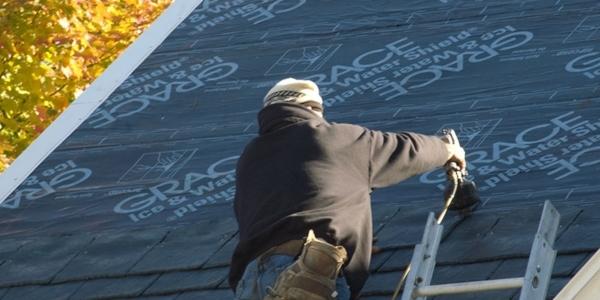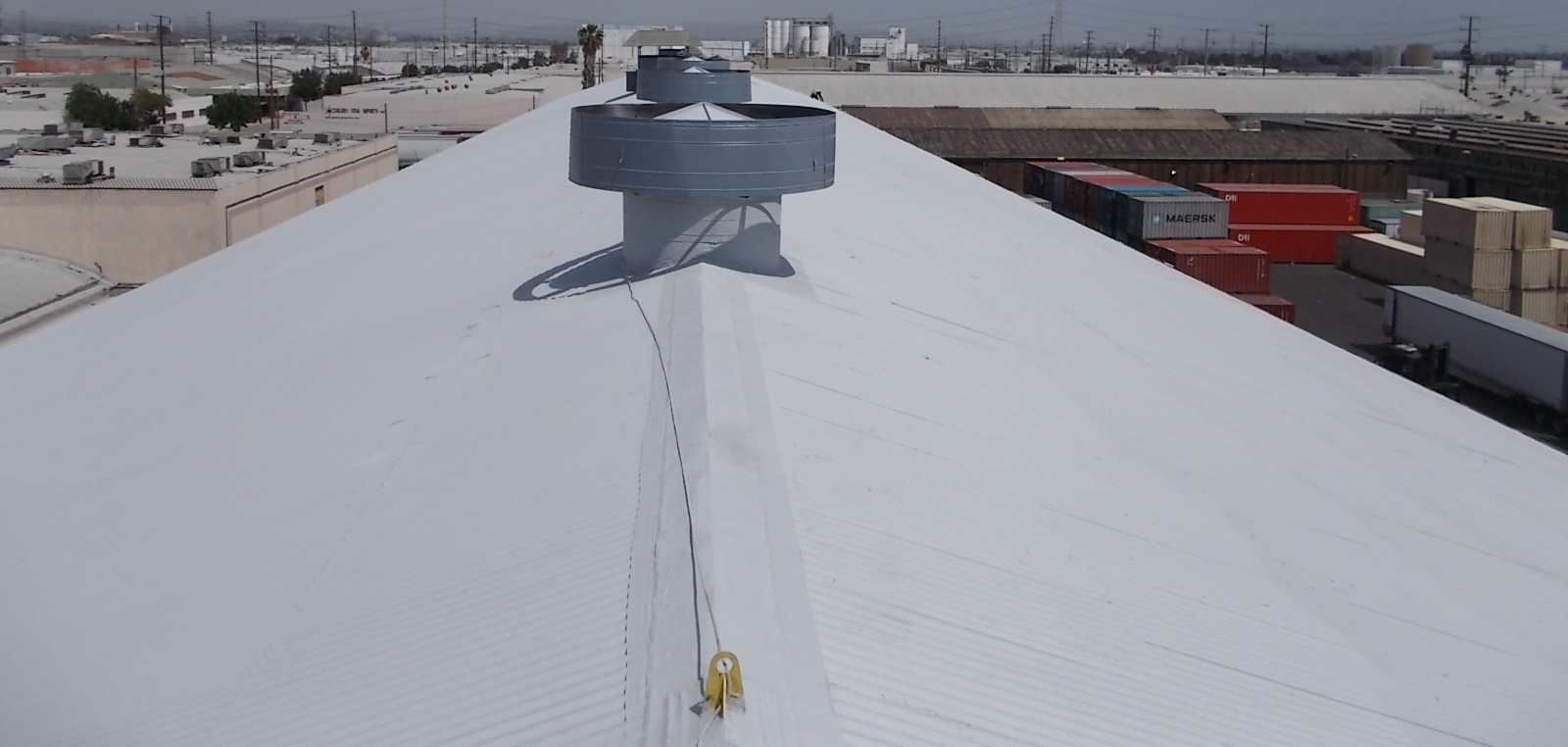Balancing Act: Ensuring Good Attic Ventilation

By GCP Applied Technologies.
Good attic ventilation is just one component of a wider strategy for reducing the chance of ice dams, as well as other moisture problems.
Whether working on a residential or commercial structure, ventilation is especially important in situations where poor air sealing lets heat and moisture from inside the structure get into the attic in the winter.
It's common for contractors to add vent holes to an under-ventilated attic. While this is a good idea, ventilation equipment manufacturers say that this is not always done right. Just punching more holes in the space isn't good enough; the holes need to be in the right place.
You want a balance between intake and exhaust, but if that's not possible, then it's better to have more intake vents. A surplus of intake vents will put the attic under slightly elevated air pressure, forcing air out the exhausts on the leeward side of the house.
Another common problem is airflow short-circuiting, which is caused by using different types of vents. For instance, if the attic has a ridge vent and roof louvers, then one will act as an intake and the other as an exhaust, leaving much of the attic essentially unventilated.
In an article in Roofing Contractor magazine, John Nessen of ventilation manufacturer Quarrix Building Products suggest three steps to correcting a short-circuited vent system.
- If the structure has ridge vents, seal all other exhaust vents.
- If the structure has roof louvers, seal any gable vents.
- If there's a power vent in the roof and you want to keep it, then eliminate all other exhaust vents.
Following these steps will help remove unwanted heat and moisture from the attic, providing uninterrupted airflow across the entire attic space.
Learn more about GRACE ICE & WATER SHIELD®
Source: GCP Applied Technologies
Recommended For You

SureCoat Metal Roof Restoration
Read More ...
Pipe collars: The overlooked link in roof maintenance
Read More ...
Enhancing the environment with each roof edge
Read More ...

















Comments
Leave a Reply
Have an account? Login to leave a comment!
Sign In